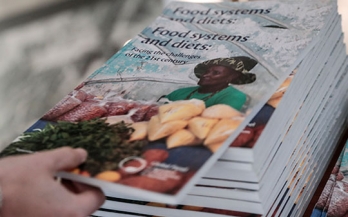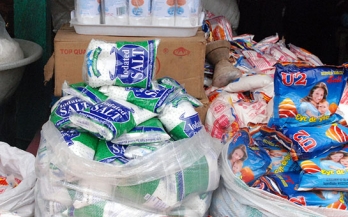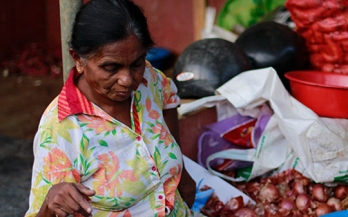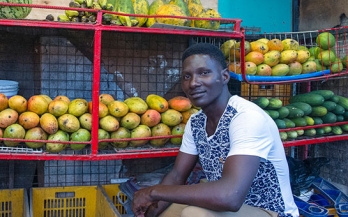Funding for nutrition has increased significantly over the past 10 years, which is a very good thing. So has the number of initiatives, organisations and programmes addressing nutrition. But is this an unqualified good thing?
Kenya was one of the Global Nutrition Report’s (GNR) star performers in 2017 in terms of stunting reduction – with levels nationally of 26%. Yet, the country is in full “double burden” mode with undernutrition and other manifestations of malnutrition such as obesity and diabetes running in parallel, often in the same communities or families.
Last week the Food and Agriculture Organization (FAO) hosted the launch of a new report by the Global Panel – “Improving diets in an era of food market transformation – challenges and opportunities for engagement between the public and private sector”. Its main point: market forces are remaking the world food system at lightning speed, what should we do to make sure this reduces, not adds to, malnutrition?
This is an exciting time to be in Ethiopia. A new Prime Minister, Dr. Abiy Ahmed Ali, was appointed in early April and the newly reshuffled cabinet was announced last week. We will certainly be working with GAIN and partners in Ethiopia to try to convince the new PM and his team that malnutrition sits uncomfortably in a nation that sees itself as a middle income country by 2025, a leading light in Africa, and a source of manufacturing and innovation.
Countries and donors increasingly recognise the benefits of evaluating public programs that could increase access to safe and nutritious foods for the poor. However, low- and middle-income countries face three main challenges to evaluation. Nonetheless, evaluation is feasible, as one recent study shows, and has potentially strong benefits for improving large-scale nutrition interventions.
This week sees the launch of the third global index and it provides a highly credible set of scores. The Access to Nutrition Index (ATNI) is one of the few independent science-based mechanisms to fame and shame the 22 biggest food and beverage companies on their efforts to improve nutrition through the marketing and formulation of their products.
Choosing the right type of foods at the point of purchase or consumption is an important way to improve quality of diets. The idea of using on-pack visual cues or symbols to guide food choices has existed for quite some time, but less is known about the effectiveness of such schemes in resource-poor countries.
As the 2016 Global Panel Report on Food Systems and Diets noted, average households in nearly all countries in the world acquire the majority of their food from the market. Most of these purchases are of packaged foods. In addition, we know that the sales of processed foods are flat in high-income countries while increasing in middle-income countries.
At GAIN, over the last six months we’ve been building a new Nutritious Foods Financing programme starting in East Africa. The potential of the programme is becoming increasingly exciting as data becomes available showing the scope and viability of SMEs to deliver more nutritious foods, if appropriate private investments are unlocked.
I just returned from a trip to Islamabad to meet the GAIN team and some of our partners. I’m no expert on Pakistan, but compared to 2013, the commitment to accelerate reductions in malnutrition seems to have increased significantly. Nutrition is reported to be much more prominent in the next 5 year draft National Development Plan which is waiting to be ratified by the new Government elected in late July.










